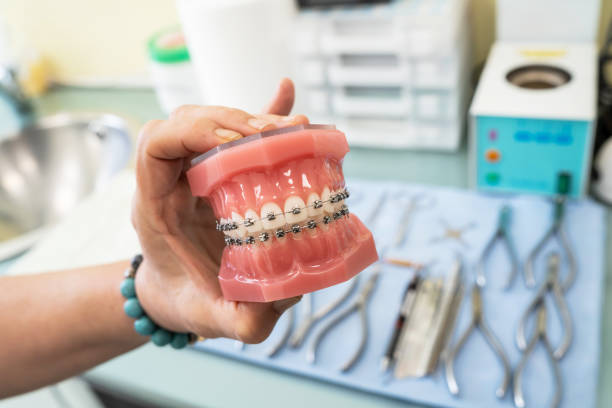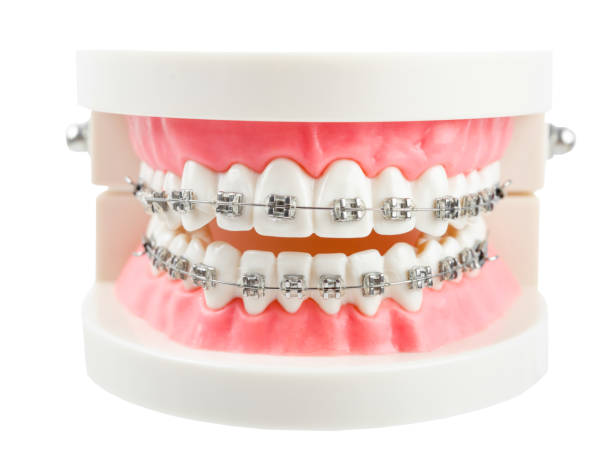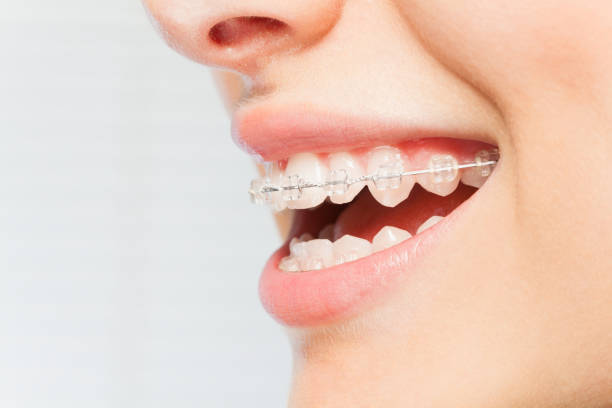Question and Answer



Flipper - A temporary replacement option
A flipper tooth is a short-term partial denture used to replace one or more missing teeth. Its objective is to conceal any ugly gaps so you may smile and speak without feeling self-conscious. A flipper tooth serves just as a temporary substitute until a more permanent replacement may be installed.
BENEFITS
- Flipper treatment is very inexpensive
- Fabricated before tooth extraction and fitted right after a natural tooth is removed.
- When compared to a more permanent partial denture, the process takes fewer visits to your dentist.
- Lightweight – Making them easier to wear and tolerate.
DISADVANTAGES
- Not very strong or stable.
- Fragile and easily broken.
- They can be bulky, which makes them difficult to wear, especially towards the conclusion of a long day.
When to choose a Flipper Tooth
This sort of restoration is only intended for temporary usage, so it can be handy while you decide how to more permanently repair a lost tooth or while you await the completion of dental implant therapy.
Do Nothing
These are the most common methods for replacing one or more lost teeth, however there is another option: nothing. If you can avoid it, this is not a good option. Due to the absence of stimulation supplied by a natural tooth root, jawbone density declines once a natural tooth is extracted. If you opt to replace the tooth with an implant later, you may require a bone graft to compensate for the missing bone.
If you do nothing, any neighboring teeth will migrate out of position, potentially destabilizing them and compromising your bite. While it is not always possible (financially or physically) to replace lost teeth immediately, it is critical to find a more permanent technique to replace them as soon as possible.

